One of 10 properties managed by the Hawaii Department of Transportation (HDOT) Harbors Division, Kahului Harbor services cargo vessels as well as large passenger carriers, and is the main commercial marine port for the island of Maui and the third busiest in Hawaii. All harbor users have a unique opportunity and responsibility to protect the ocean from pollution by incorporating Best Management Practices into their daily operations.
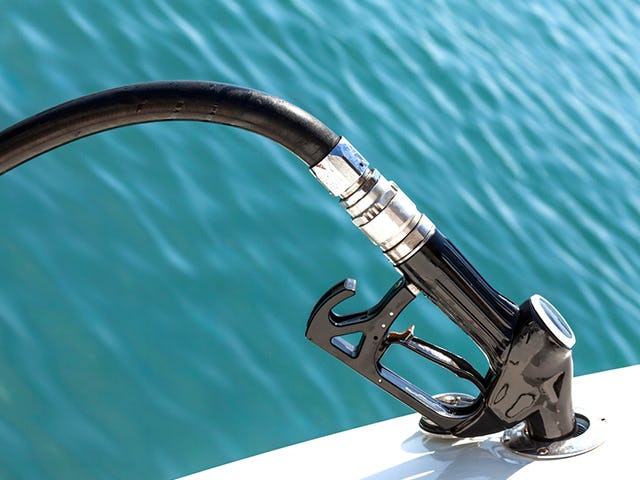
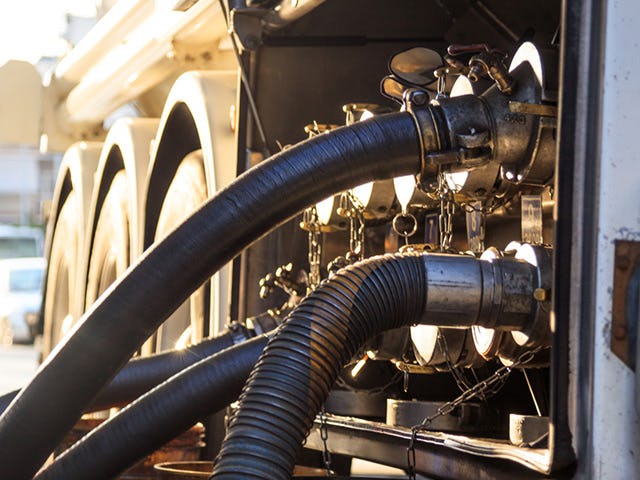
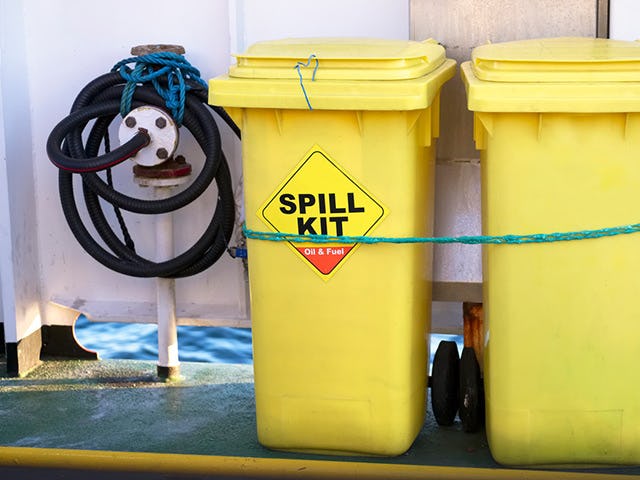
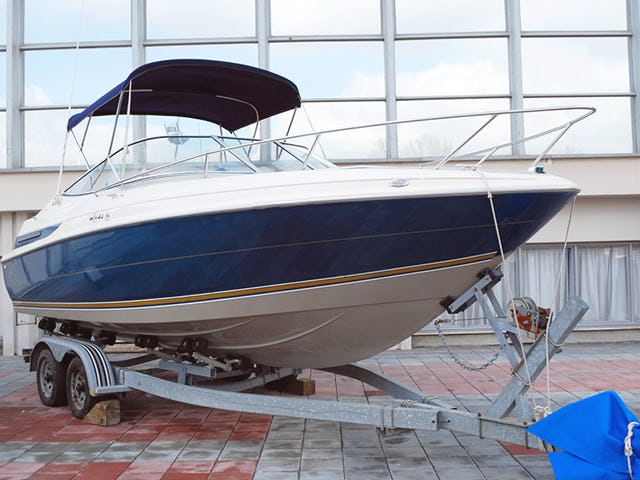

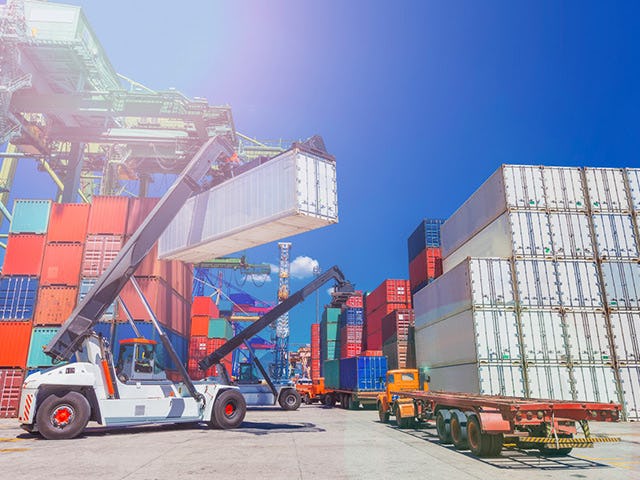




Avoid sanding the deck or hull of boats while in the harbor to minimize the potential for runoff.
Ensure spill kits are available and immediately clean up and properly dispose of used absorbent materials.

Follow all applicable regulations and permitting requirements outlined on the Contractors and Designers page

All Rights Reserved. Stormwater Maui. State of Hawaii Department of Transportation
